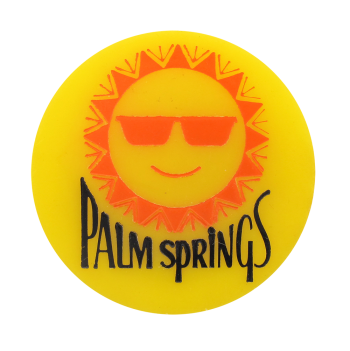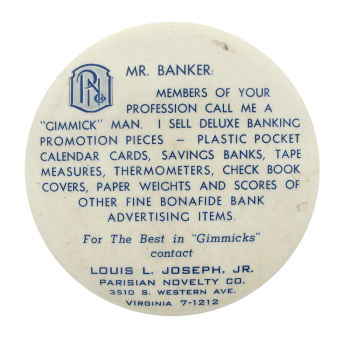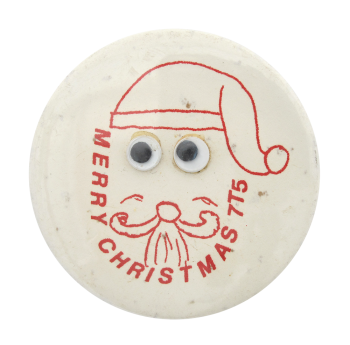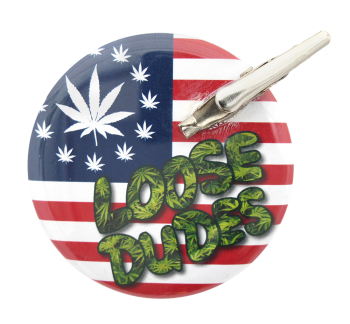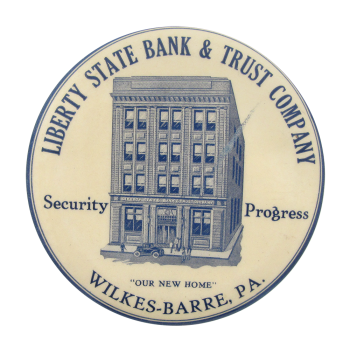Photomaton
| Category | |
|---|---|
| Additional Images | |
| Sub Categories | |
| Text on Button | Photomaton |
| Image Description | Photograph of a businessman encircled by gold border over black background. |
| Curl Text | PHILADELPHIA BADGE CO. PHILA. PA. |
| Back Style | |
| The Shape | |
| The Size | |
| The Manufacturer | |
| Additional Information | The"Photomaton" was the name of the first Photo booth. It was invented by Russian-American photographer Anatol Josepho in 1925. The original Photomaton was located in New York Cty cost 25 cents to operate, and took 8 images per customer. In 1927, Josepho sold the patent rights to his invention to a group of investors led by Henry Morgentahau for a million dollars. In 1934 the Photomatic was invented, it was completely automated and replaced the Photomaton in photo booth locations around the United States. |
| Catalog ID | IN0062 |



